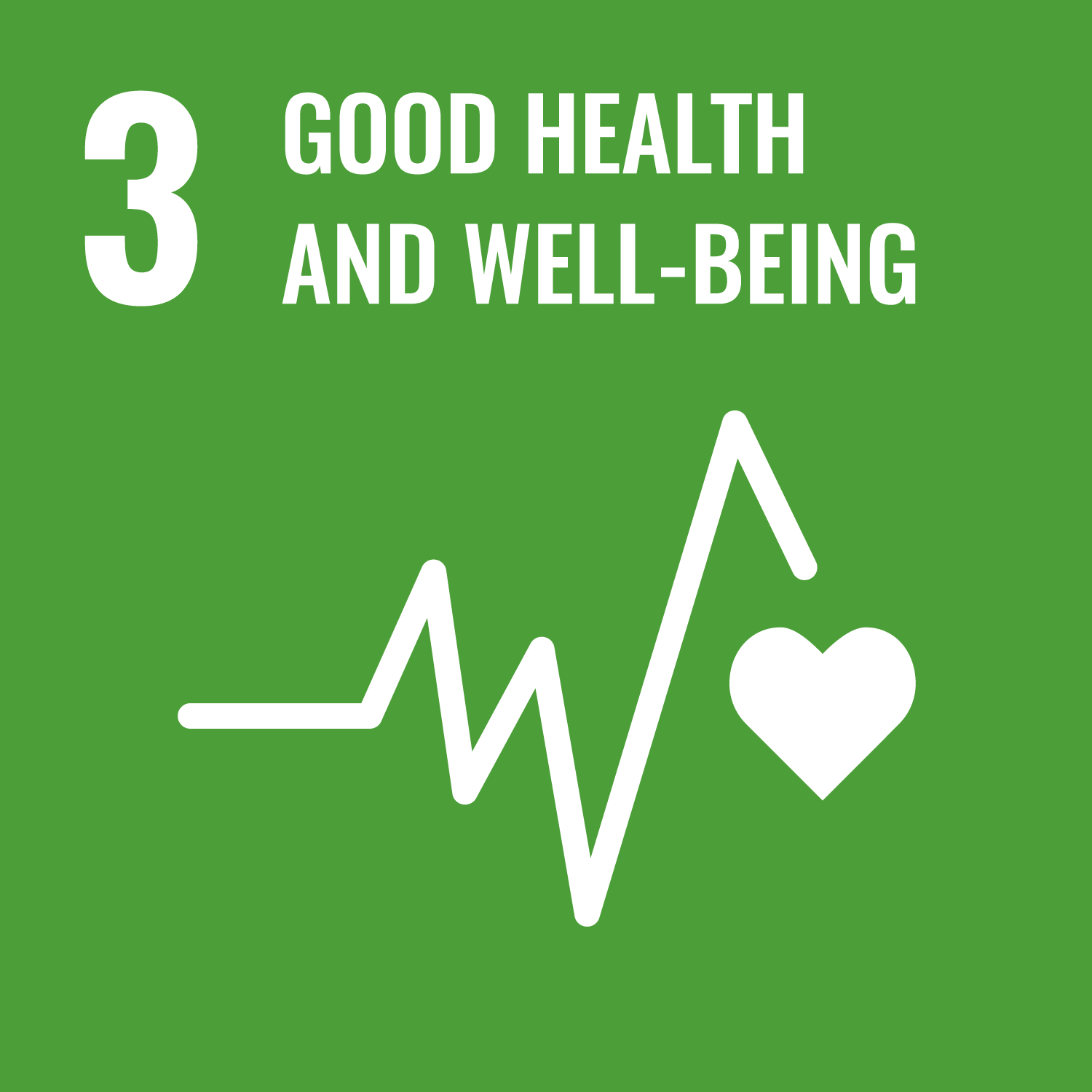
There is a more recent version of this eprint available. Click here to view it.
Mafirakureva, N. orcid.org/0000-0001-9775-6581, Daniel, O.K., Olayinka, J.O. orcid.org/0009-0008-8587-4423 et al. (15 more authors) (Submitted: 2024) Evaluating the health impact, health-system costs and cost-effectiveness of using TrueNat on stool samples compared to usual care for the diagnosis of paediatric tuberculosis in primary care settings: a modelling analysis. [Preprint - medRxiv] (Submitted)
Abstract
The World Health Organisation (WHO) recommends rapid molecular diagnostics to improve bacteriological confirmation of tuberculosis in children. TrueNat MTB, MTB Plus and MTB-RIF Dx assays (Molbio Diagnostics, India), recommended by WHO, hold potential as point-of-care tests in resource-limited settings. Using stool samples with these assays could enhance testing access, improve linkage to care, reduce costs, and increase cost-effectiveness over traditional methods. However, evidence on their costs and cost-effectiveness is limited and needed for informed policy decisions on adoption and scale up. We used a decision-tree analytic modelling approach, time-and-motion study, and routine data to estimate the potential impact of implementing stool-based TrueNat testing for the diagnosis of pulmonary tuberculosis in children within Nigerian primary healthcare settings on healthcare outcomes, resource use, health system costs, and cost-effectiveness relative to the standard of care (SoC). The cost per test was $13.06 (standard deviation; $0.77) for TrueNat and $16.25 (standard deviation; $1.34) for Xpert. For every 100 children with presumptive tuberculosis, the stool-based TrueNat testing intervention was projected to increase case detection rate by 29% (95% uncertainty interval [UI 9-48]) and bacteriological confirmation by 6% (95% UI 3-8). Diagnoses at primary health centres (PHC) would increase by 34% (95% UI 20-46), averting 7 (95% UI 2-12) deaths and 182 (95% UI 59-311) discounted DALYs. Although resource use and health system costs increased by $6,172 (95% UI -2,427-10,455) per 100 children, the incremental cost-effectiveness ratio of $34 per DALY averted suggests cost-effectiveness at thresholds of 0.5×GDP per capita. Implementing stool-based TrueNat testing has potential to increase access and reduce direct health system costs associated with the diagnosis of pulmonary tuberculosis in children in routine health care settings. Such an approach is likely to represent a good value for money compared to SoC.
Metadata
| Item Type: | Preprint |
|---|---|
| Authors/Creators: |
|
| Copyright, Publisher and Additional Information: | © 2024 The Author(s). This preprint is made available under a Creative Commons Attribution 4.0 International License. (https://creativecommons.org/licenses/by/4.0/) |
| Keywords: | Biological Sciences; Biomedical and Clinical Sciences; Health Services and Systems; Clinical Sciences; Health Sciences; Emerging Infectious Diseases; Infectious Diseases; Rare Diseases; Clinical Research; Lung; Tuberculosis; Health Services; Pediatric; Comparative Effectiveness Research; Health Disparities; Clinical Trials and Supportive Activities; Cost Effectiveness Research; Evaluation of markers and technologies; Health and welfare economics; Infection; Generic health relevance; Good Health and Well Being |
| Dates: |
|
| Institution: | The University of Sheffield |
| Academic Units: | The University of Sheffield > Faculty of Medicine, Dentistry and Health (Sheffield) > School of Medicine and Population Health |
| Date Deposited: | 17 Oct 2025 11:58 |
| Last Modified: | 17 Oct 2025 11:58 |
| Status: | Submitted |
| Publisher: | Cold Spring Harbor Laboratory |
| Identification Number: | 10.1101/2024.11.19.24317558 |
| Sustainable Development Goals: | |
| Open Archives Initiative ID (OAI ID): | oai:eprints.whiterose.ac.uk:233070 |
Available Versions of this Item
- Evaluating the health impact, health-system costs and cost-effectiveness of using TrueNat on stool samples compared to usual care for the diagnosis of paediatric tuberculosis in primary care settings: a modelling analysis. (deposited 17 Oct 2025 11:58) [Currently Displayed]


 CORE (COnnecting REpositories)
CORE (COnnecting REpositories) CORE (COnnecting REpositories)
CORE (COnnecting REpositories)